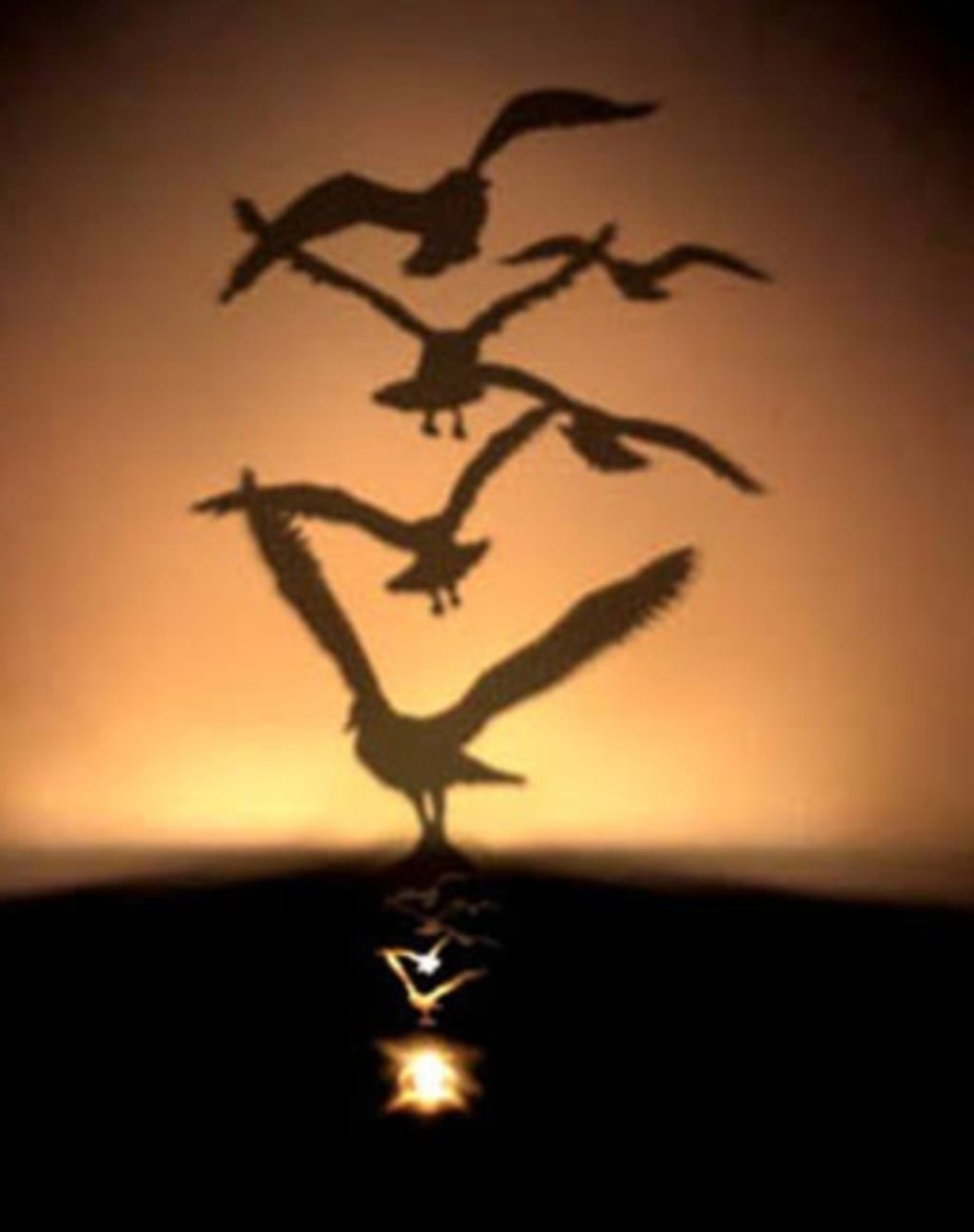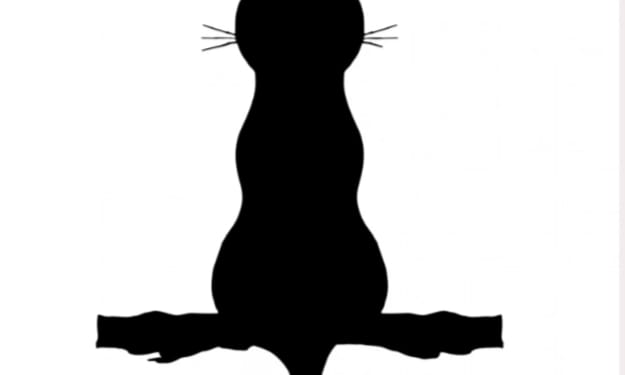
The shadow elongated across the pavement as the sun began its descent casting a silhouette that danced with the fading light
A shadow a captivating interplay of light and darkness holds an intricate role in the world of optics and perception
It is the result of light encountering an obstruction leading to a contrast between the illuminated area and shaded region shadows often overlooked in our daily lives Cary significance in art, science, culture and more..
A shadow is the area where light is blocked by an object resulting in a darker region on the surface opposite to the light source it's formed when an object intercepts light rays preventing them from reaching the surface behind the object ..
An area of darkness formed by an opaque object obstructing light is called a shadow. Objects can be transparent, translucent, or opaque, depending on how much light can pass through them. A shadow is formed when an opaque object blocks the light falling on it.
Type of shadows
The Umbra, Penumbra and Antumbra are three distinct parts of a shadow, created by any light source after impinging on an opaque object.
A shadow is formed when a light from a light source is obstructed by some object. When a shadow is formed it happens due to absorption of all light by an object from a light emitting source. As a result, a shadow is produced which is due to absorption or absence of light, hence black in colour.
Shadows are longest in the early morning and late afternoon/early evening when the sun appears low in the sky. As the Earth rotates on its axis, the sun hits each location in the morning at an angle.
Like all worlds orbiting a sun, Earth casts a shadow. It extends some 870,000 miles (1.4 million km) into space. And you can see it – easily – twice a day.
The core of Earth's shadow is reddened by atmospheric scattering, and when that shadow falls across the Moon, the lunar landscape turns as red as a sunset. However, light passing through the upper stratosphere penetrates the ozone layer, which absorbs red light and actually makes the passing light ray bluer.
These light rays travel in a straight line at nearly 300,000 kilometres per second. Sunlight that travels towards the Earth takes just over 8 minutes to reach us. When the rays reach Earth, they hit whatever is in their path. If the object they hit is opaque, the light cannot pass through, and a shadow forms.
There are many sources of light – stars like our Sun, candle flames, light bulbs, glow-worms and computer screens produce light. All of this light travels in a straight line until it hits something. Sometimes, it travels a short distance – like when we switch on the lamp. Other times, light travels thousands of years – like the light from stars we see in the Milky Way.
It is easy to see our shadows when we are outdoors in the sunshine on a clear, bright sunny day, but do shadows form when an object blocks light from other sources? The answer is yes, but they may be difficult to see if the light source is not very bright (has a low light intensity). Shadows are also more definite (sharper) where there is contrast between the shadow and the lit surface, for example, a shadow on a white wall will be more easily seen.
The size of the light source can sharpen or blur the shadow. A small spotlight like a cellphone torch forms a more distinct shadow than an overhead room light, but the sharpness of the shadow changes when the torch moves away from the object.





Comments
There are no comments for this story
Be the first to respond and start the conversation.